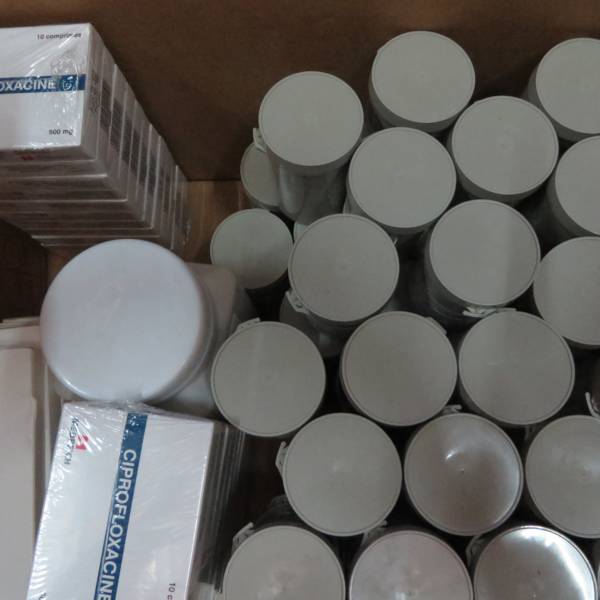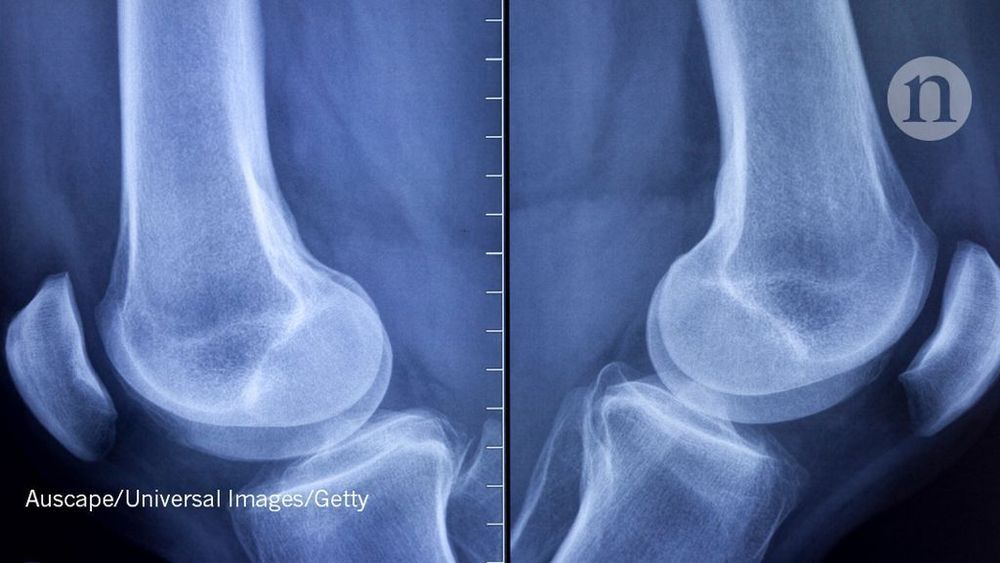Jun 19, 2019
New study finds 45,000 deaths annually linked to lack of health coverage
Posted by Paul Battista in categories: biotech/medical, health
Nearly 45,000 annual deaths are associated with lack of health insurance, according to a new study published online today by the American Journal of Public Health. That figure is about two and a half times higher than an estimate from the Institute of Medicine (IOM) in 2002.
The study, conducted at Harvard Medical School and Cambridge Health Alliance, found that uninsured, working-age Americans have a 40 percent higher risk of death than their privately insured counterparts, up from a 25 percent excess death rate found in 1993.
“The uninsured have a higher risk of death when compared to the privately insured, even after taking into account socioeconomics, health behaviors, and baseline health,” said lead author Andrew Wilper, M.D., who currently teaches at the University of Washington School of Medicine. “We doctors have many new ways to prevent deaths from hypertension, diabetes, and heart disease — but only if patients can get into our offices and afford their medications.”


















